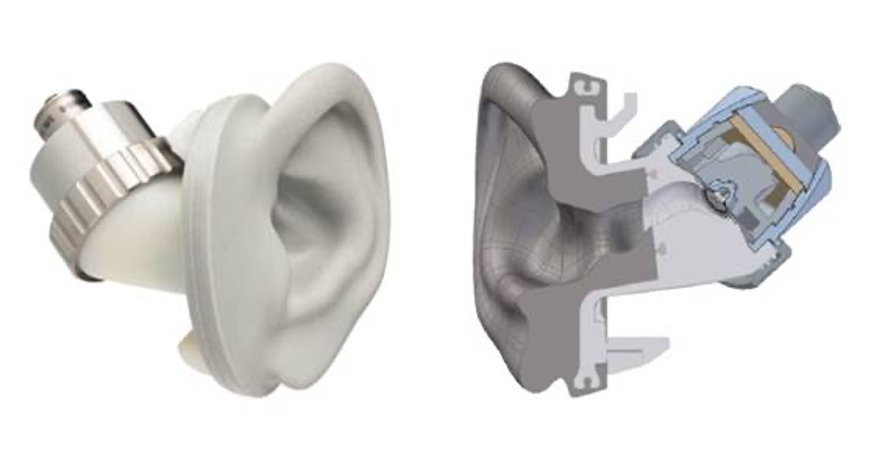Daniel Cuppoletti Lab
Project 1: Boundary Layer Flow Control Research
This research will characterize a boundary layer downstream of high-pitch fluidic injectors that inject flow into a boundary layer at shallow angles relative to the freestream. The focus of the research will be characterizing the downstream boundary layer health in terms of the boundary layer thickness, displacement thickness, momentum thickness, and shape factor. The three-dimensionality of the boundary layer will be measured to characterize the spanwise effects on the boundary layer. The goal of this research is to study the fundamental physics of shallow wall jets and their impact on the boundary layer health to identify promising designs for decreasing the local momentum deficits in boundary layers. This research will be conducted in a subsonic wind tunnel up to Mach numbers of 0.3.
Research tasks will include:
1. Hardware Design and Fabrication
2. Baseline characterization of boundary layer on simple geometry
3. Single jet – circular and non-circular
4. Slot and multiple jet array
Project 2: Development of a Modular Wind Tunnel for Hypersonic Propulsion Research
Hypersonic flight involves flying at Mach numbers greater than Mach 5. The propulsion systems to propel aircraft at these speeds have multiple shock wave systems for compressing the incoming air for achieving combustion. This presents many challenges such as energy losses due to shock-boundary layer interactions. Additionally, achieving ignition and sustaining combustion at these conditions is extremely challenging. A new facility is currently being designed and developed with planned fabrication in the summer of 2022. The facility will have full optical access in the test section to enable advanced optical diagnostics internal to the propulsion flowpath with the ability to control backpressure which simulates changing conditions during hypersonic flight.
This project will involve assisting with:
- Detailed manufacturing drawings of the 3D CAD wind tunnel design
- Development of control systems for wind tunnel operation
- Development of software for wind tunnel control and data acquisition
Project 3: Aeroacoustics of Human Ears
Aeroacoustics is the study of noise generated from aerodynamic phenomena. A common source of noise, aerodynamic turbulence, is found everywhere from nature to aircraft systems. This project will involve measuring the turbulent flow over a human head and human ear across a range of conditions in a low-speed wind tunnel. This project will analyze detailed measurements of the turbulent flow, realistic acoustics in the human ear, and study flow control to reduce turbulence noise on the human ear to improve audibility in windy environments.
Initial acoustic and flow measurements have been conducted on the ear installed in a 3D-printed model head. The student involved will:
- Analyze the velocity field data already acquired
- Develop designs for controlling the flow in the vicinity of the ear to reduce noise.
- Acquire additional acoustic and flow measurements with the flow control devices applied will be conducted to characterize the effectiveness and change in the acoustic source field.

HBK 4620 Acoustic Transducer with Pinnae and Ear Canal
Director
